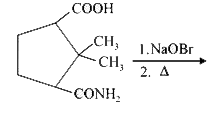o-Chloroaniline is treated with a mixture of NaNO2 and HCl and the product is reacted with cuprous bromide. The final product in the reaction will be
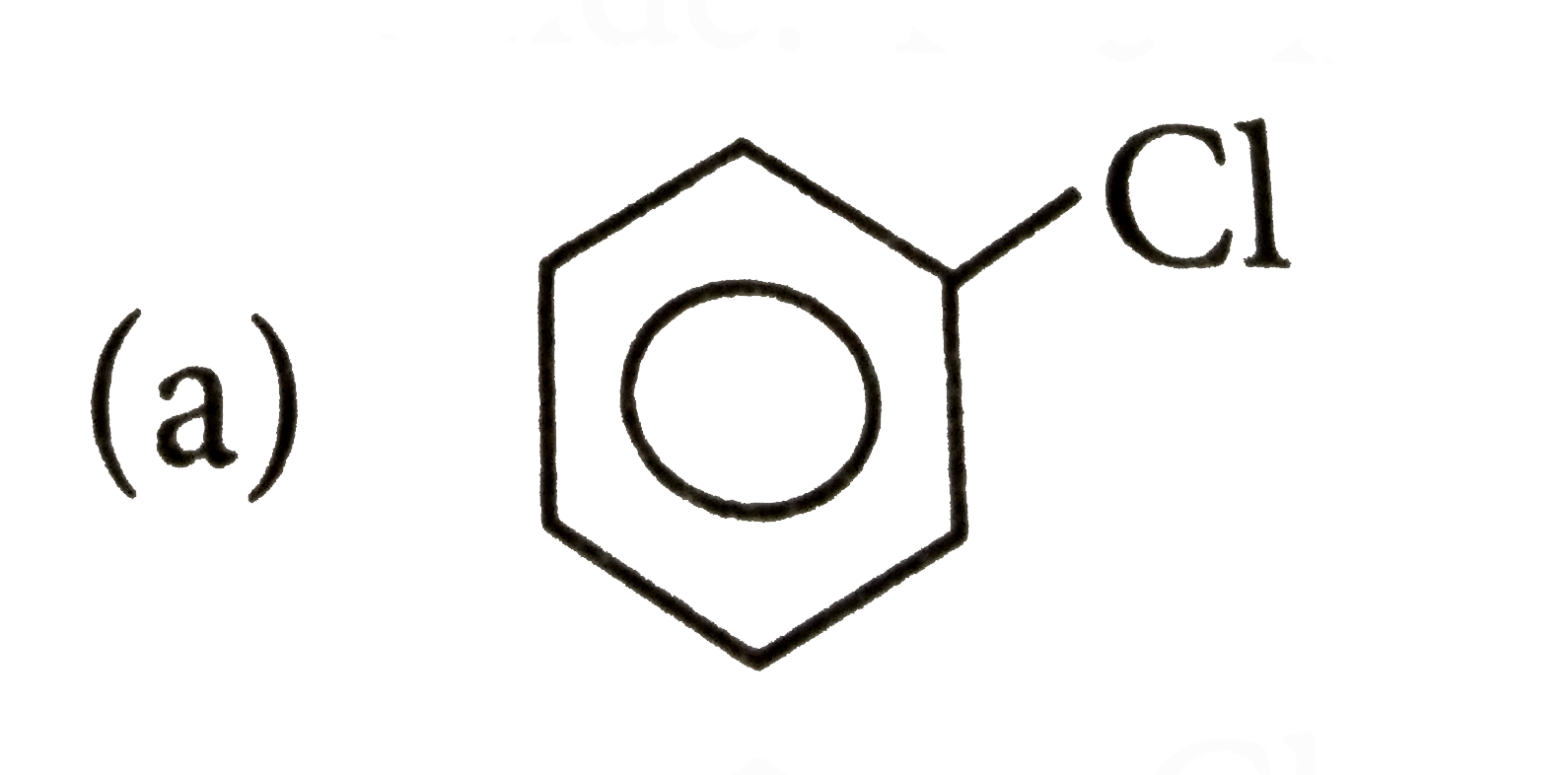
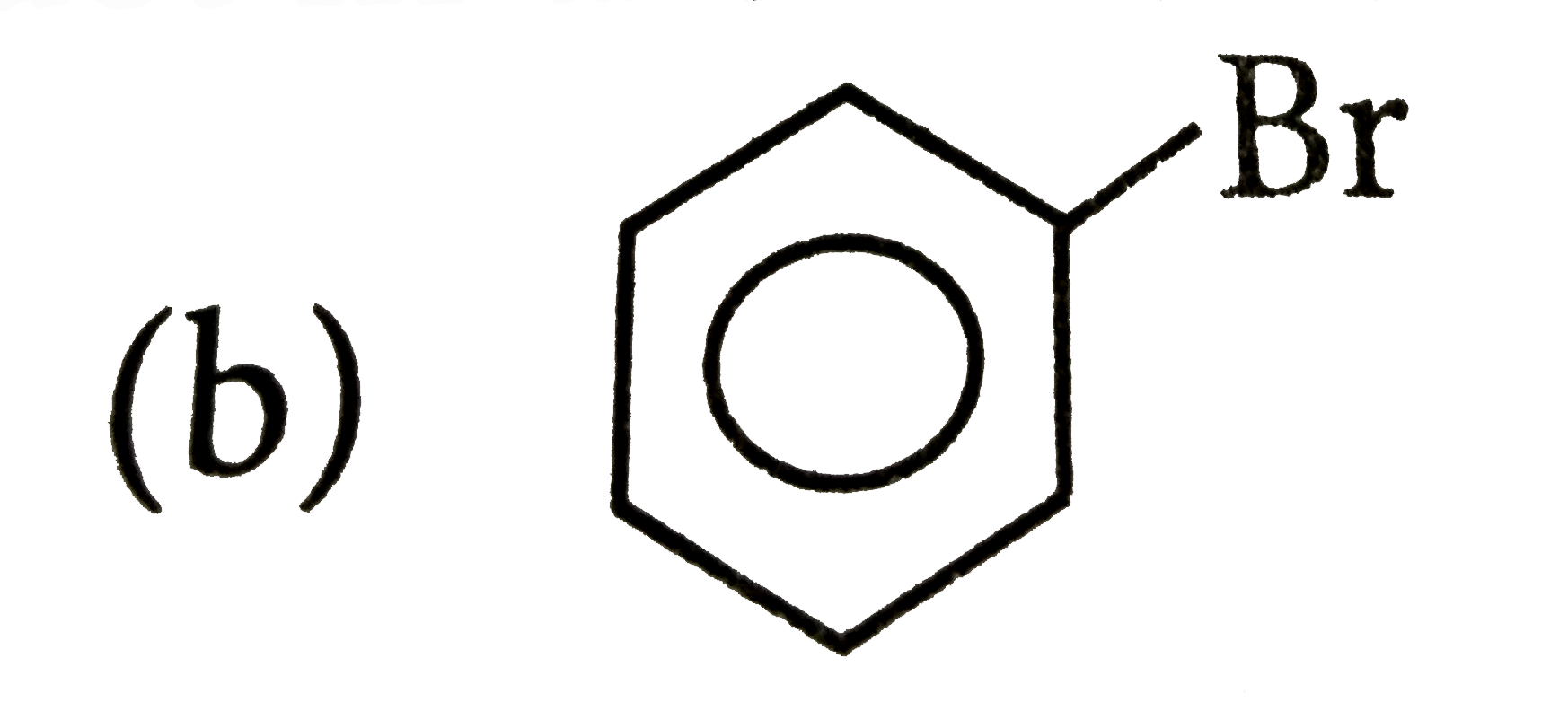
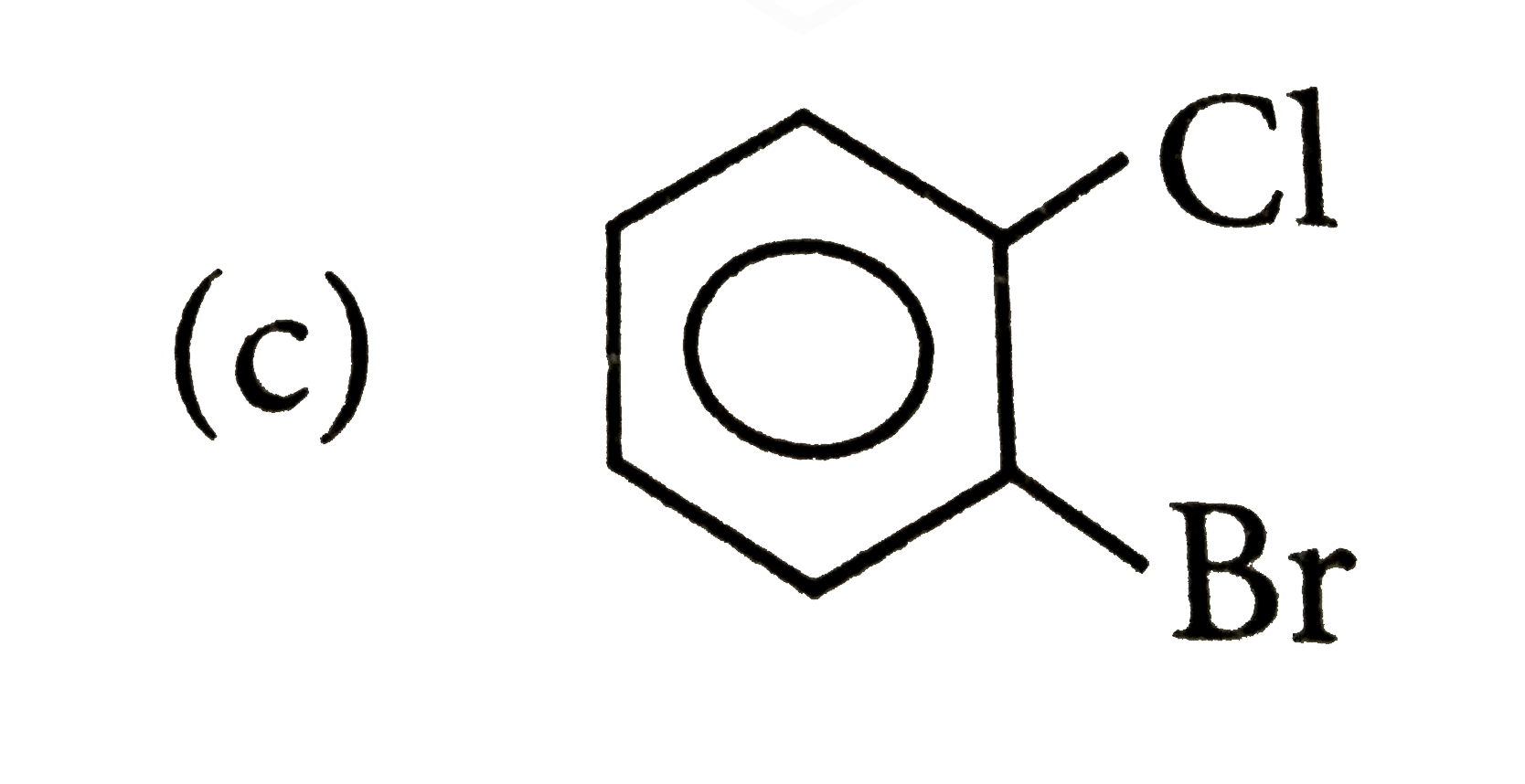
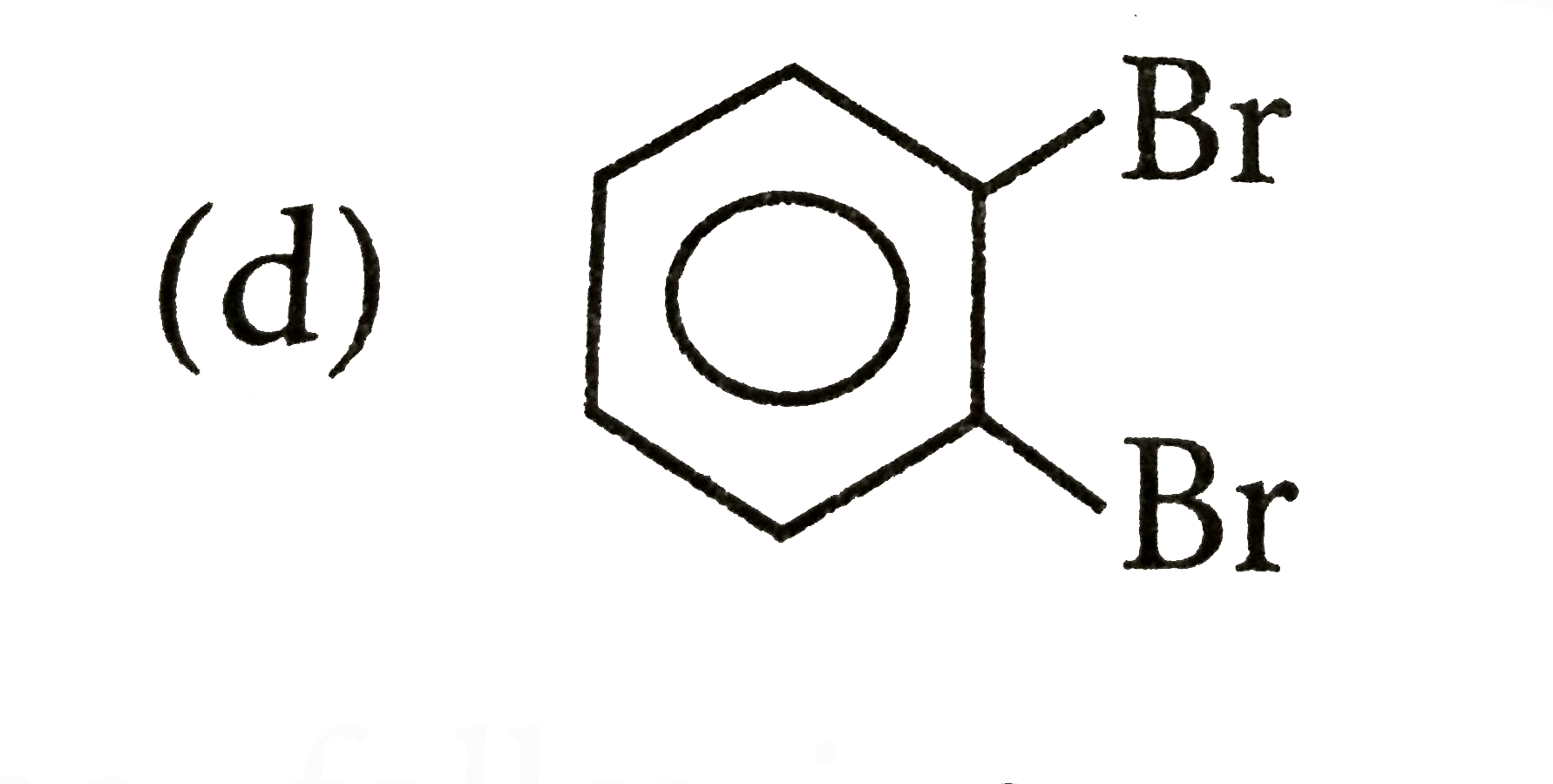
To solve the problem step by step, we will follow the reactions of o-Chloroaniline with the reagents mentioned in the question.
Step 1: Identify the starting compound
The starting compound is o-Chloroaniline, which has the following structure:
- An amino group (-NH2) attached to a benzene ring.
- A chlorine atom (-Cl) attached to the ortho position relative to the amino group.
Step 2: Reaction with NaNO2 and HCl
When o-Chloroaniline is treated with a mixture of sodium nitrite (NaNO2) and hydrochloric acid (HCl) at low temperatures (0 to 5 °C), it undergoes diazotization. The amino group (-NH2) is converted into a diazonium salt. The reaction can be summarized as follows:
- The amino group (-NH2) is converted to a diazonium group (-N2^+).
- The chlorine atom remains attached to the benzene ring.
The product of this reaction is o-Chlorobenzenediazonium chloride (C6H4ClN2^+Cl^-).
Step 3: Reaction with cuprous bromide (CuBr)
Next, the o-Chlorobenzenediazonium chloride is treated with cuprous bromide (CuBr). This reaction is known as the Sandmeyer reaction, which allows for the substitution of the diazonium group with a bromine atom. The chlorine atom in the ortho position does not affect the substitution of the diazonium group.
The reaction can be summarized as follows:
- The diazonium group (-N2^+) is replaced by a bromine atom (-Br).
- The final product is o-Bromochloroaniline (C6H4BrCl).
Step 4: Identify the final product
The final product of the entire reaction sequence is o-Bromochloroaniline, which contains both a bromine atom and a chlorine atom attached to the benzene ring.
Final Answer
The final product in the reaction is o-Bromochloroaniline.
---
The starting compound is o-Chloroaniline, which has the following structure:
- An amino group (-NH2) attached to a benzene ring.
- A chlorine atom (-Cl) attached to the ortho position relative to the amino group.
When o-Chloroaniline is treated with a mixture of sodium nitrite (NaNO2) and hydrochloric acid (HCl) at low temperatures (0 to 5 °C), it undergoes diazotization. The amino group (-NH2) is converted into a diazonium salt. The reaction can be summarized as follows:
- The amino group (-NH2) is converted to a diazonium group (-N2^+).
- The chlorine atom remains attached to the benzene ring.
Next, the o-Chlorobenzenediazonium chloride is treated with cuprous bromide (CuBr). This reaction is known as the Sandmeyer reaction, which allows for the substitution of the diazonium group with a bromine atom. The chlorine atom in the ortho position does not affect the substitution of the diazonium group.
- The diazonium group (-N2^+) is replaced by a bromine atom (-Br).
- The final product is o-Bromochloroaniline (C6H4BrCl).
The final product of the entire reaction sequence is o-Bromochloroaniline, which contains both a bromine atom and a chlorine atom attached to the benzene ring.
The final product in the reaction is o-Bromochloroaniline.
Topper's Solved these Questions
- BOOK - NCERT FINGERTPS ENGLISHCHAPTER - AMINES EXERCISE - HOTS6videos
AMINES
- BOOK - NCERT FINGERTPS ENGLISHCHAPTER - AMINES EXERCISE - NCERT Exemplar24videos
AMINES
- BOOK - NCERT FINGERTPS ENGLISHCHAPTER - AMINES EXERCISE - Preparation Of Amines5videos
AMINES
- BOOK - NCERT FINGERTPS ENGLISHCHAPTER - ALDEHYDES, KETONES AND CARBOXYLIC ACIDSEXERCISE - Assertion And Reason15videos
ALDEHYDES, KETONES AND CARBOXYLIC ACIDS
- BOOK - NCERT FINGERTPS ENGLISHCHAPTER - BIOMOLECULESEXERCISE - Assertion And Reason15videos
BIOMOLECULES
Similar Questions
Knowledge Check
- Question 1 - Select One
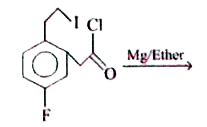
The final product of the reaction is :A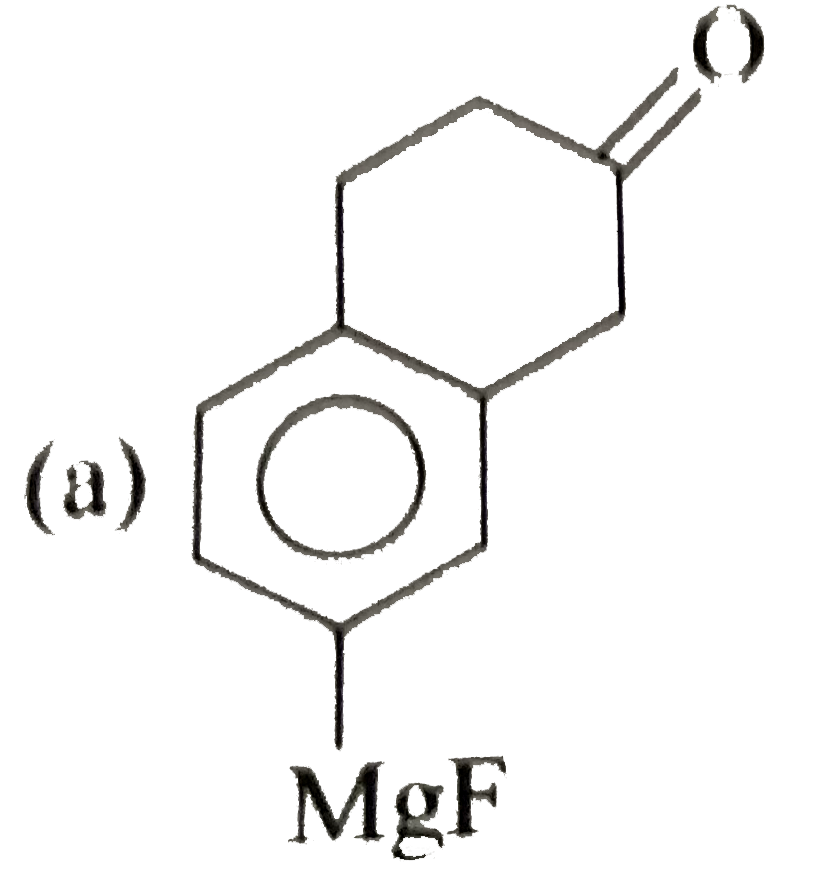 B
B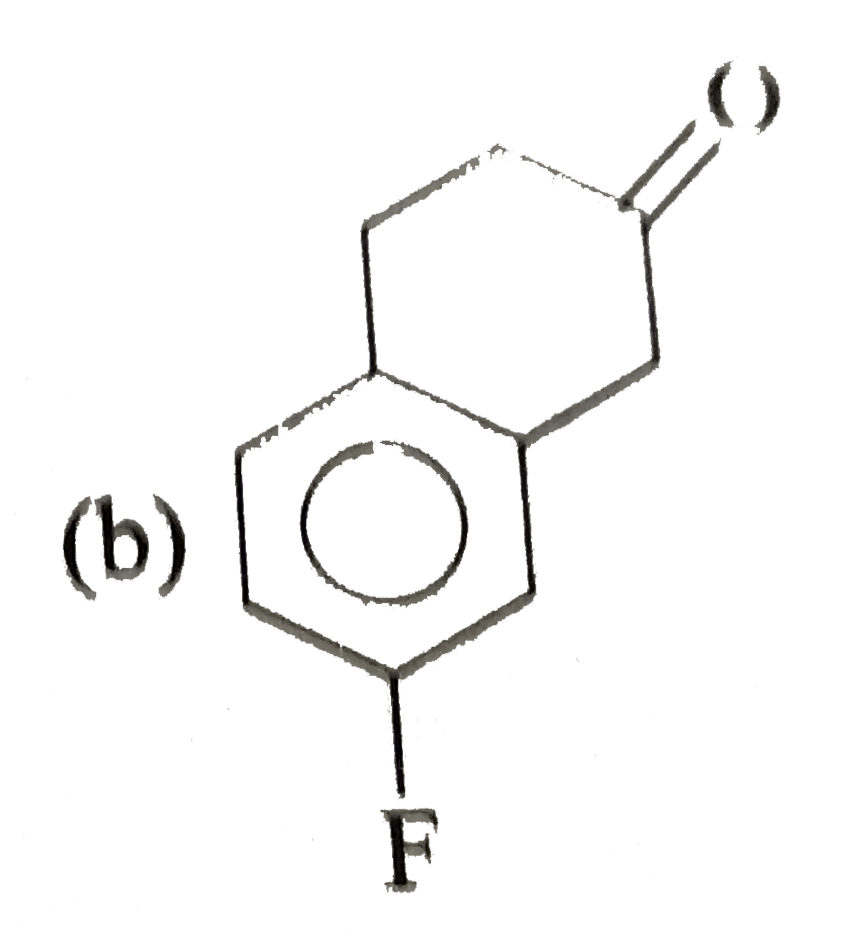 C
C D
D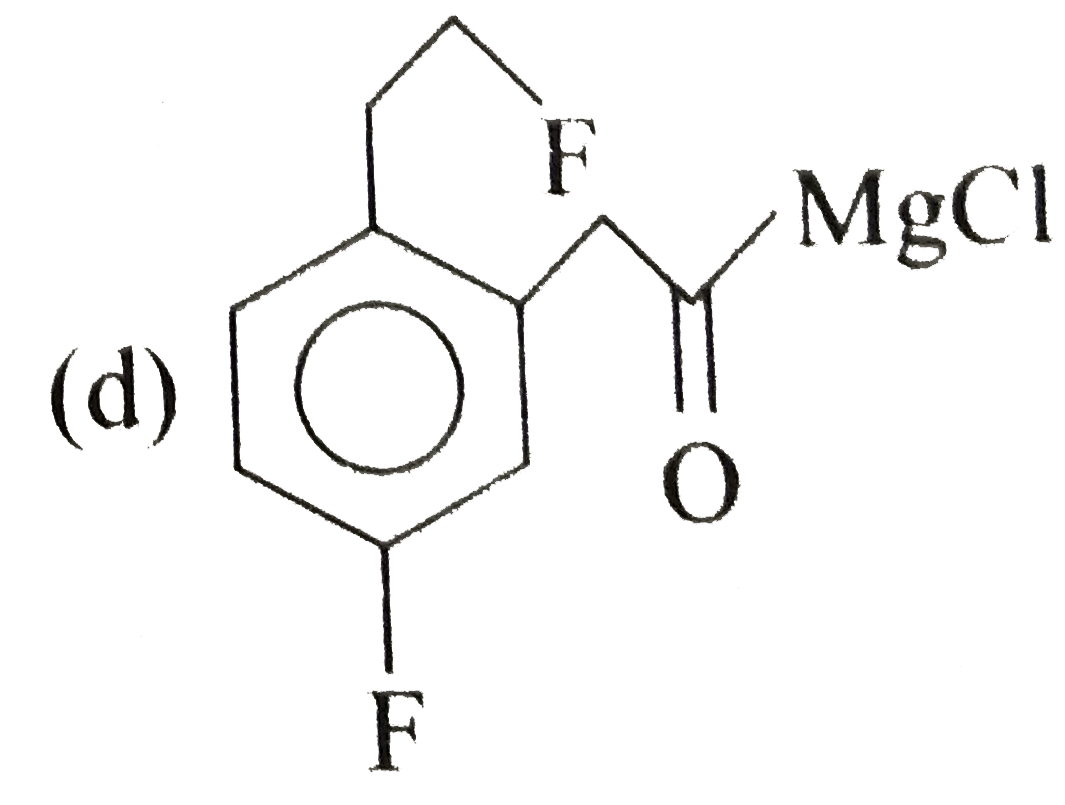
- Question 2 - Select One
Find final product of reaction
 A
A B
B C
C D
D
Predict final products in the reactions
 View Solution
View SolutionThe final product obtained in the reaction
 View Solution
View SolutionThe final product obtained in the reaction
 View Solution
View SolutionThe final product obtained in the reaction is :
_S01_362_Q01.png) View Solution
View SolutionIdentify the final product of the reaction :
_S01_371_Q01.png) , View Solution
, View Solution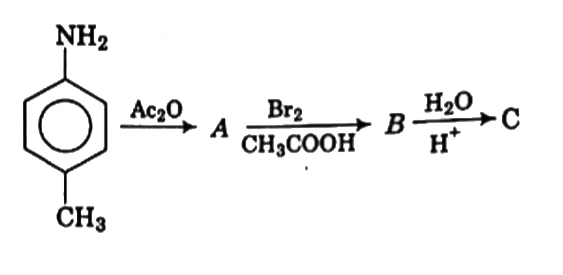
The final product 'C' in the above reaction isView Solution


